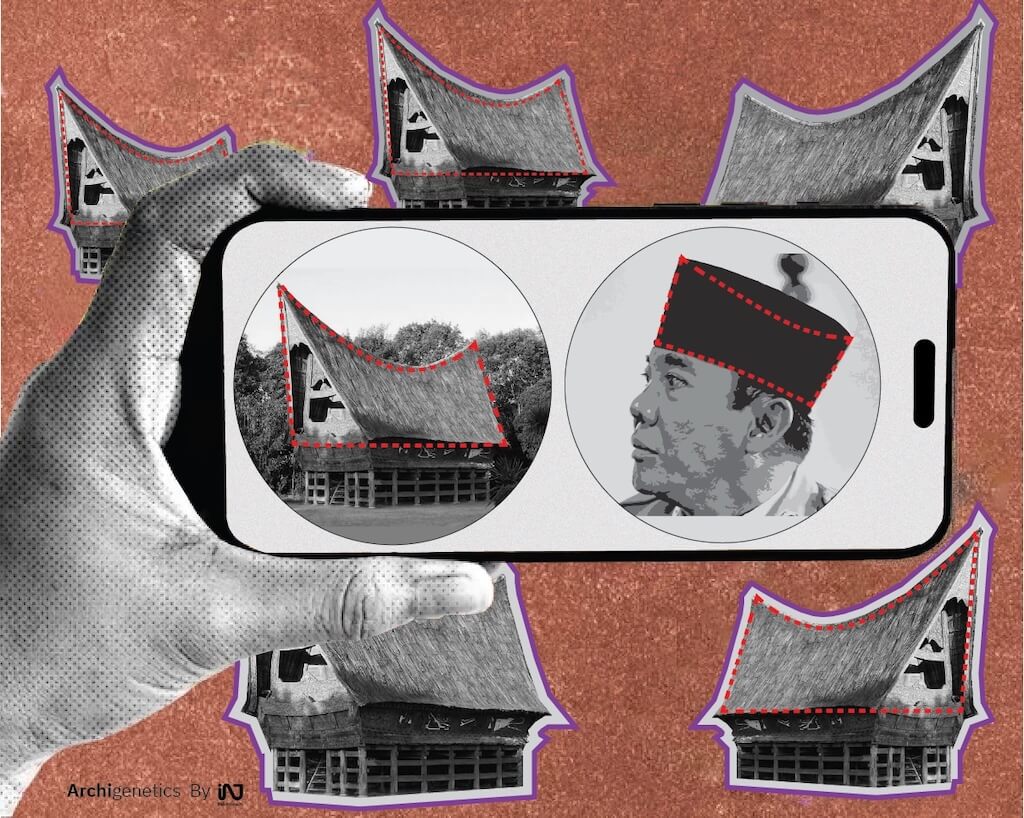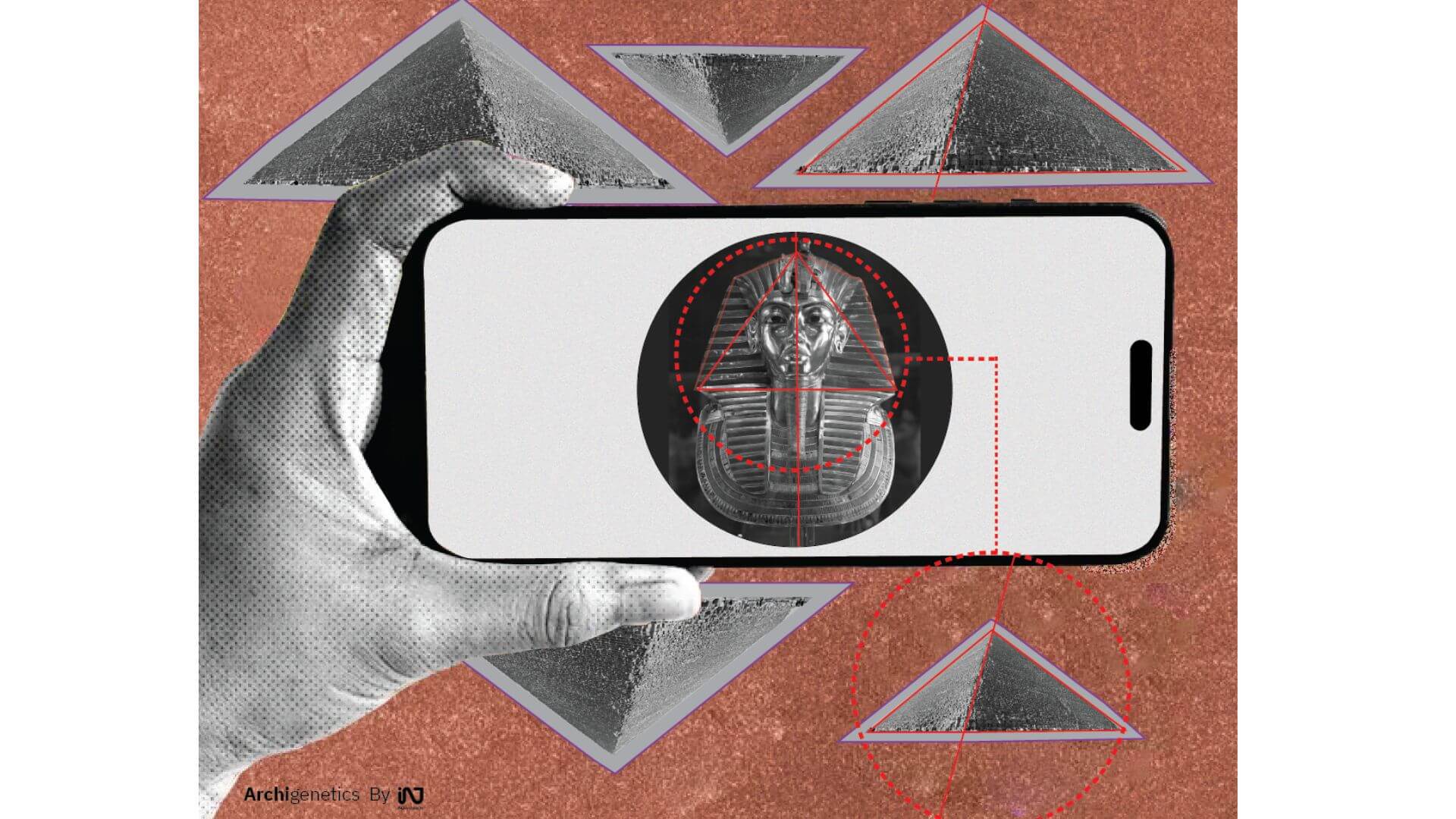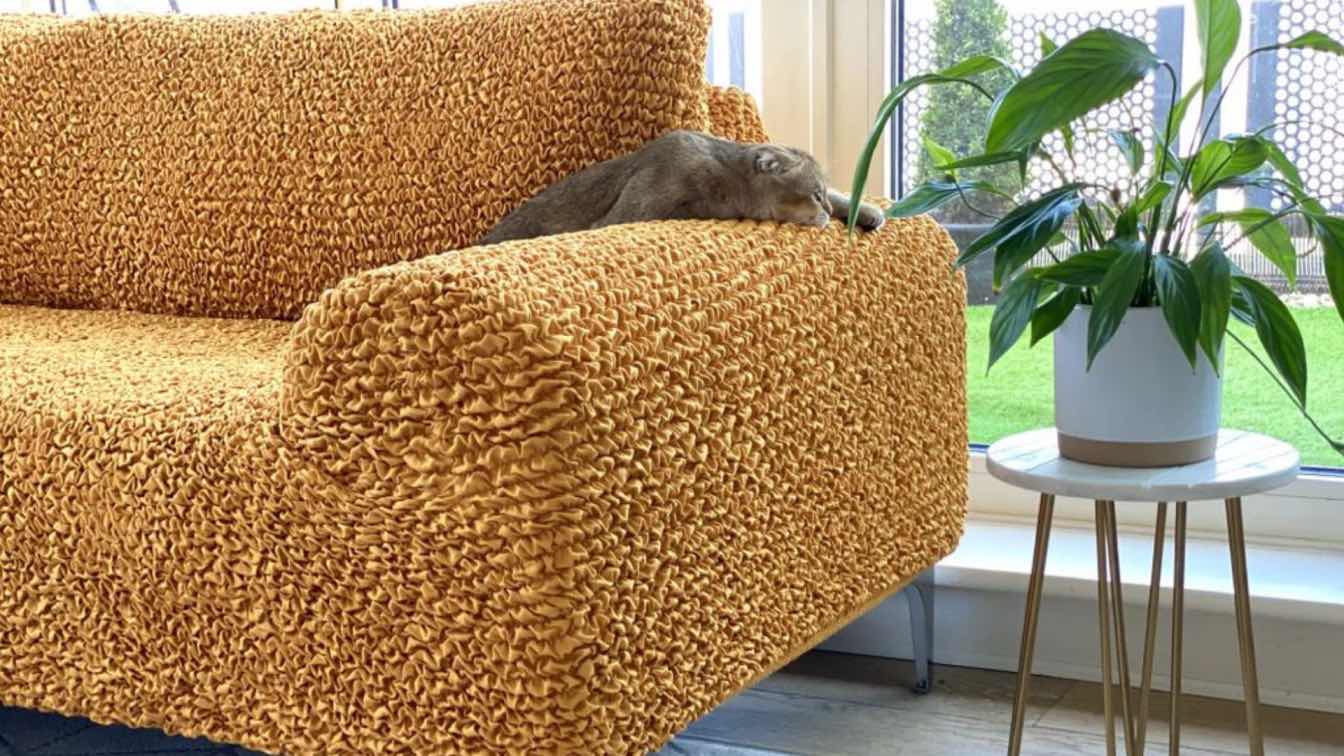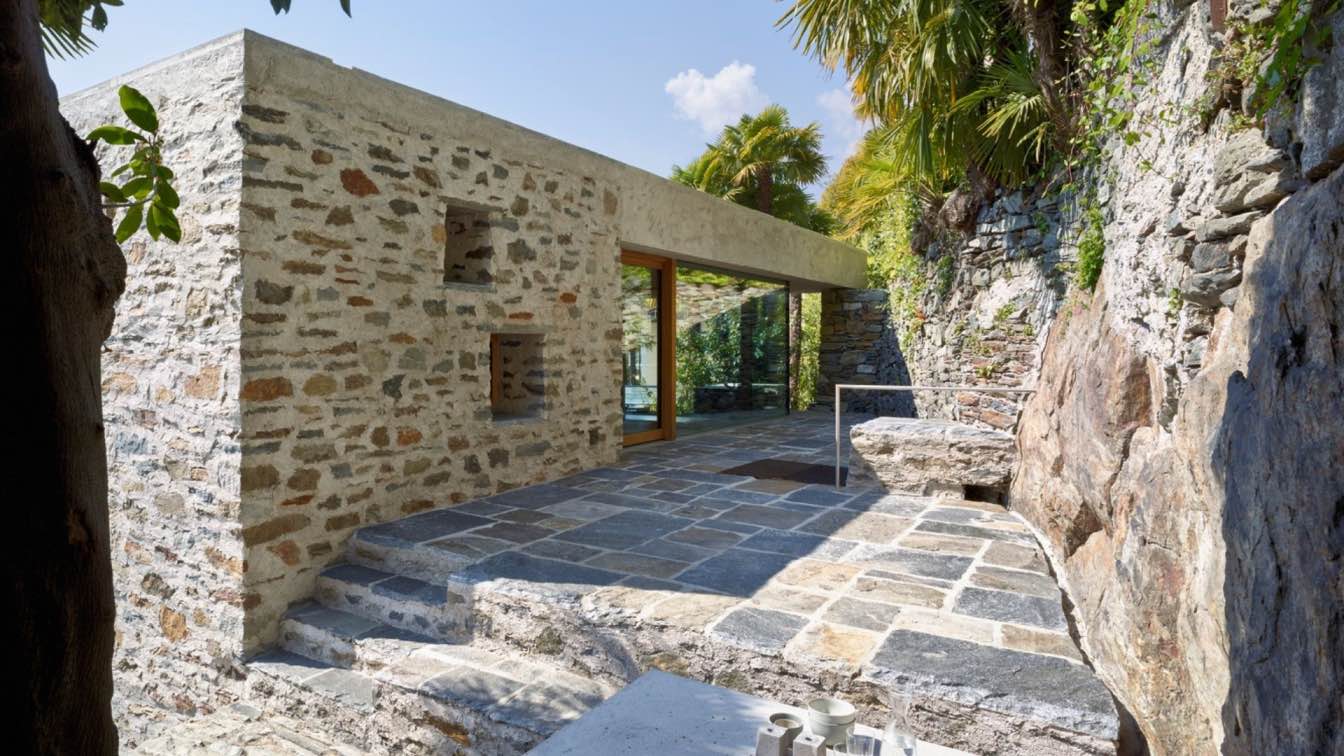What If Architecture Is In Our DNA?
For centuries, we’ve explained architecture through context climate, culture, utility. But what if form isn’t just external? What if the urge to build a pointed arch, to carve a muqarnas, or to embrace a wide-open plan stems from somewhere deeper perhaps genetic?
Archigenetics is a new design theory developed by INJ Architects, under the leadership of architect Ibrahim Nawaf Joharji, that proposes this radical question: what if we build the way we are built?
The theory was first introduced in an editorial by ArchUp, where it was framed not just as a stylistic idea, but as a new reading of how design emerges from within.
1. Identity Before Geometry
Modernism taught us "form follows function." Vernacular architecture told us "form follows place." Archigenetics offers a third path: form follows identity.
Architectural decisions from the shape of a window to the rhythm of a façade may be guided not only by reason, but by deep-rooted visual instincts inherited over generations.
Joharji suggests that our spatial preferences are conditioned by our own genetic history that a Moroccan riad, a Japanese courtyard, or a Gulf majlis are not merely cultural accidents, but ancestral echoes.
Architecture becomes less about designing for trends, and more about retrieving forgotten codes embedded in us.
2. The Visual Self: Firasa and Form
The seed of Archigenetics came from a humorous book: Do You Look Like Your Dog?
But that light-hearted question sparked a deeper one: Do buildings look like their creators? And if so, why?
In Arab culture, the practice of Firasa reading character through facial features has long been revered. It’s this logic Joharji builds upon, but applies to space:
- "If we intuitively read people by their face, perhaps we also read space by our own inner image."
The way we perceive harmony in curves, textures, and spatial alignment may not be random. Archigenetics sees architecture as a reflection of *inherited visual memory* much like recognizing kin.
3. Built Practice, Not Just Theory
Archigenetics is not abstract speculation. At INJ Architects, these ideas are integrated into real projects across the Gulf.
Rather than importing style, the studio begins each commission by decoding local identity not just visually, but sensorially:
* What does this culture feel?
* What forms are remembered before they're taught?
* What materials evoke recognition, not just beauty?
Projects are crafted not to impress the global eye, but to resonate with the inherited memory of place.

Looking Forward: A Mirror of the Species
We are entering an age of AI-generated architecture and aesthetic flattening. Archigenetics offers a counter-force — a call to rediscover the aesthetic individuality of communities.
It challenges us to ask:
- Are we designing spaces?
- Or are we, through space, designing the self?
In Joharji’s words:
“Design is not about originality. It’s about recognition. We recognize what we already carry within.”





